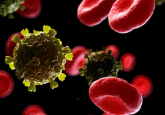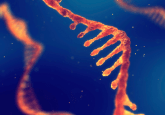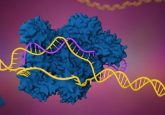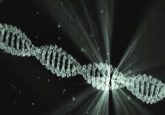Q&A: what does the future hold for CRISPR?
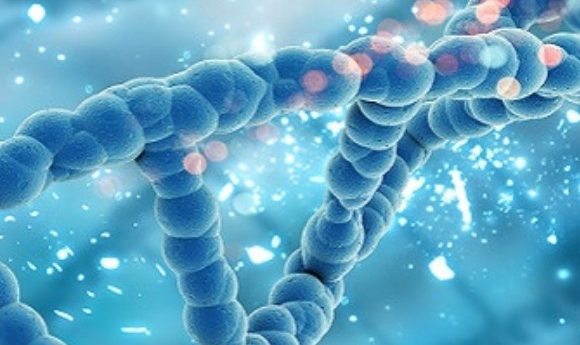
Gaétan Burgio (Australian National University, ACT, Australia) answers your questions following on from the successful panel discussion “What does the future hold for CRISPR?” Don’t worry if you missed it, you can catch up on demand now & make sure you check out the rest of our spotlight on CRISPR here.
1. Are there any detailed protocols of CRISPR diagnostics in detection of microorganisms or other cancer cells?
Yes there are detailed protocols available. For example, the SHERLOCK protocol from the Feng Zhang laboratory. You can find a detailed description here, the vectors are available on the Addgene repository and the protein purification protocol can be found here or available upon request to the Zhang laboratory.
2. A lot has been said/published regarding the off-target effects of CRISPR – is this a real issue or media hype?
There are now series of studies that have demonstrated that off-target effects are low and predictable. The rapid progress of the gene editing field, sequencing technology, and artificial intelligence has enabled researchers to better understand how the Cas9 enzyme generates off-target effects and how to predict those.
Therefore, the risk for off-target effects is no longer an important issue, compared with the last 3–4 years.
3. What is the most effective technique for applying CRISPR-based editing in in vitro culture systems?
CRISPR-based editing techniques are highly efficient to generate single nucleotide changes in the genome. For design, I would recommend using base editing prediction software such as BE-Designer or CUNE, which we have developed in my laboratory for mouse to design the best approach for base editing.
For CRISPR reagent delivery I would recommend purifying the protein to increase its efficiency and complex it with the gRNA scaffold labeled with a dye as a ribonucleoprotein to enrich the edited population by flow cytometry.
4. When is it expected that CRISPR will reach a tipping point towards the prevention of cancer cells forming at time 0?
I do not know. This relies on the existence of reliable biomarkers for cancer with specific conserved mutations across the human population and cancer cells and secondly the evolution of CRISPR technology. Time will tell.
5. Are hot spots of recombination known for the human genome? This might be helpful in screening CRISPR-based recombination.
Indeed series of hot spots of recombination are known in the human genome. However, for CRISPR-based recombination techniques, from a series of studies, its efficiency depends primarily on the efficiency of the gRNA, distance to the PAM (for point mutation), length of the vector and length/symmetry of the homology arms.
